You can make such a device using active components. If one end of the resistor is grounded, this simple circuit would work, at least in theory. The op-amp would have to be able to deliver sufficient current and have sufficient voltage swing for whatever voltage you wanted to apply.
simulate this circuit – Schematic created using CircuitLab
For example, if you apply 5V, the op-amp would have to swing to +10V while sourcing 5A.
An actual negative resistor would be a power source (P = E^2/R) so it's impossible to have such a device that does not use or contain a source of energy.
There are a few devices and circuits that exhibit negative differential resistance- over some region of operation the current drops with increasing voltage (while the total current is always positive). For example, Esaki diodes, discharge tubes, switching power supplies. So in a small signal analysis, resistance can be negative.
Edit:
You've added that you require it to be ungrounded. In that case, merely power it by a battery or an isolated DC-DC converter and use the circuit as shown (with a suitable power op-amp). There are still many "compromises" - as in limitations and non-idealities as there are with any real circuit or element, of course.
Here is a simulation with a 1K resistor for R1 which simulates a -1K resistor.
simulate this circuit
As you can see the current through the simulated -1K resistor is the mirror of the current through the real 1K resistor R4. I've offset the other side of the resistor by 5V from ground in each case and the sawtooth goes from 0 to 10V so the voltage across each element goes from -5V to +5V. Not shown are the power supplies.
You won't easily be able to simulate the isolated version because op-amp models typically have ground nodes within the model.



